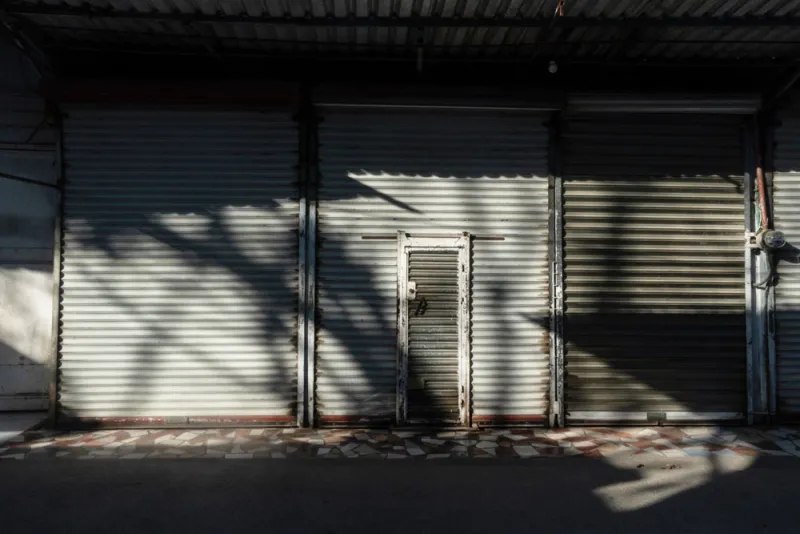Middle-market companies decimated by the Covid-19 crisis may soon be in need of cash — but deal-making has all but stopped.
“The market is shut down; the M&A process is dead; volume is at levels we haven’t seen since ’09,” said Ian Fowler, co-head of Barings’ Global Private Finance Group, speaking at a webinar for clients on Thursday.
In the second quarter of 2020, middle-market syndicated loan issuance hit $14.1 billion, a little more than the $10 billion recorded in the first quarter of 2009, according to data from financial and risk firm Refinitiv.
Fowler said a recovery in deals may be far off into the future. “It’s going to take a long time. We haven’t seen the emergence of opportunistic situations,” he added.
Fowler said that in a crisis, he would expect to see a number of secondary deals, including companies with impaired balance sheets and in need of restructuring.
“We know a lot of companies out there are impaired, and they’ll need liquidity. But people are hiding them in the portfolio. It’s because of the illiquid nature of our market, and the rebound, which allowed them to kick the can,” he said, speaking during the online forum, called, “What to Expect When You’re Expecting…Credit Stress.”
The lack of opportunities hasn’t stopped asset managers from raising a huge number of dislocation funds.
Jonathan Bock, managing director of Barings Global Private Finance Group and the moderator of the webinar, said, “a lot’s been raised for carte blanche credit opportunities, whether opportunistic [or] distressed.”
[II Deep Dive: Barings’ Jonathan Bock Breaks His Silence. Investors Should Listen.]
Fran Beyers, head of middle-market analysis at Refinitiv Financial Solutions, said, “Like ’09, there is no pipeline of meetings. My outlook for M&A is that we won’t see a normal one this year.” She expects better supply by the middle of 2021.
“For sponsors, it’s still hard to do due diligence now. Sponsors have to conserve cash, and then there is the buyer-seller disconnect,” Beyers said. “No one can agree on price. Lenders don’t want anything Covid-iffy. They want Covid-green businesses, those that are either doing really well or have limited impacts from Covid.”
Beyers added that everyone wants to invest in the same sectors, such as health care.
Bock pointed out that the data Beyers shared indicates that lenders are fairly negative about the financial health of a large percentage of the companies in these portfolios, but they're also irrationally optimistic about what they'll recover after defaults.
“Both can’t be true,” he said.
“You can’t have this many issuers on a watch list and then expect better than average recoveries,” Beyers agreed.
Fowler added that since the last crisis, middle-market lending has been transformed, as managers with a wide range of expertise have entered the business.
“In the middle market, with no liquidity and bilateral deals, the manager’s experience and access to capital will be critical to the outcomes of these investments,” he said. “There are execution risks in the middle market, and you have to think about managing the credit and potentially taking the keys and owning that business. There are players out there [that have] the research and capital to do that effectively — and other managers that don’t.”
When asked whether he still considered private credit to be defensive in nature, given the challenges of Covid-19, Geoffrey Berg, chief investment officer of South Carolina Retirement System, said during the discussion that the funds in the portfolio that have focused on high quality, senior-secured securities and which used modest leverage have held up well. “Some of our older more legacy exposures have struggled. Those were more opportunistic.”
Berg explained that the asset class has done well for investors that understood the risks. “But we have a long way to go,” he added.







